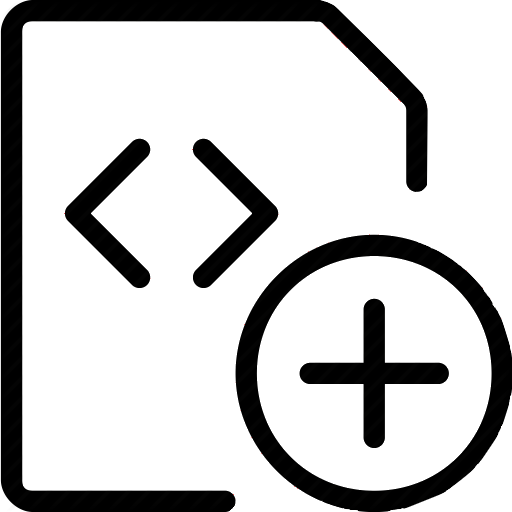
The collection of wild larvae seed as a source of raw material is a major sub industry of shellfish aquaculture. To predict when, where and in what quantities wild seed will be available, it is necessary to track the appearance and growth of planktonic larvae. One of the most difficult groups to identify, particularly at the species level are the Bivalvia. This difficulty arises from the fact that fundamentally all bivalve larvae have a similar shape and colour. Identification based on gross morphological appearance is limited by the time-consuming nature of the microscopic examination and by the limited availability of expertise in this field. Molecular and immunological methods are also being studied. We describe the application of computational pattern recognition methods to the automated identification and size analysis of scallop larvae. For identification, the shape features used are binary invariant moments; that is, the features are invariant to shift (position within the image), scale (induced either by growth or differential image magnification) and rotation. Images of a sample of scallop and non-scallop larvae covering a range of maturities have been analysed. In order to overcome the automatic identification, as well as to allow the system to receive new unknown samples at any moment, a self-organized and unsupervised ant-like clustering algorithm based on Swarm Intelligence is proposed, followed by simple k-NNR nearest neighbour classification on the final map. Results achieve a full recognition rate of 100% under several situations (k =1 or 3).